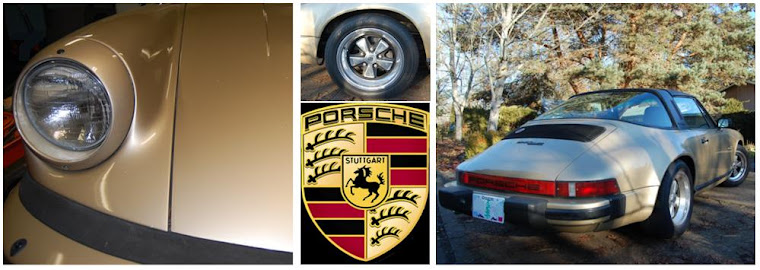
The rust I expected to see – after all there is bound to be some consequence to leaving bare metal to fend for itself in an automotive environment.

The rust cleaned up well with a bit of sanding and wire brushing.

Primer and paint always take a long time. Two coats of primer and two more layers of paint, with the work needing to be flipped to get to both sides, waiting for rain to let up, and masking for two colors means 8 days of waiting for paint to dry before I could get the boxes back into the car.

I struggled to come up with a better way to restrain my cells in the rack and failed to come up with anything better than nylon strapping. Cheap, non-conductive, strong, fast, easy… To prevent chaffing the strap, and to give the boxes a finished look, I found some metal reinforced plastic trim, and pushed it over raw edge of the battery box.

My upper rack holds 8 cells. To hold the cells securely I used draw latches. I added some standoffs to mount an acrylic cover. Welding is much easier if you remember to attach everything before the paint goes on.


The boxes blend in below the bumper line much better now that they are finished in flat black paint.













